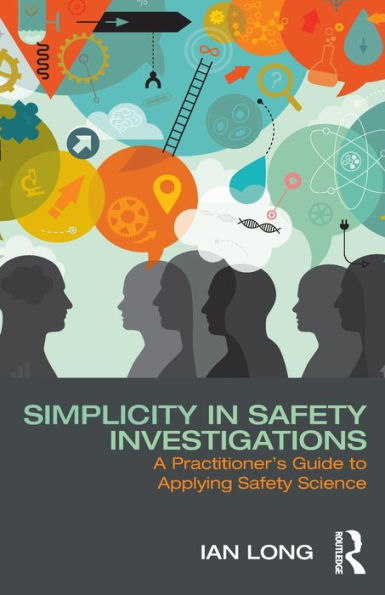Table of Contents
List of figures vii
Preface ix
What, level of investigation should we do? xiv
Using this book and the techniques described within it for positive investigations xix
Some essentials xxi
Acknowledgements xxii
1 Mindset and approach 1
2 Before you investigate 6
Team formation, structure and roles 6
The art of facilitation and using a coaching style 11
Your conversations and questions (before and after an event) 16
3 The investigation process 18
Scene preservation 18
Interviewing (versus taking statements) 20
Generous listening 23
The interview conversation 25
Data- and information-gathering 28
How to run an effective and efficient PEEPO 29
Determining Work-As-Done, Work-As-Normal and Work-As-Intended 31
Determining Work-As-Done, Work-As-Normal and Work-As-Intended in the case of more detailed incident investigations 36
Exploration of the gaps between Work-As-Done, Work-As-Normal and Work-As-Intended 38
Build the story (Incident Pathway Statement) 46
Smarts actions 50
Reports 53
4 The technical and scientific stuff 56
Task complexity, procedural complexity and adequacy and situational complexity 56
Resilience and resilience engineering 59
Risk intelligence, risk identification and risk management 61
Drift (procedural or practical drift) 64
Internal decision- and sense-making 65
Intense task focus 67
Answering a different question 67
What-You-See-Is-All-There-As and Plan Continuation 69
Shared space as it relates to safe workspaces 70
Effective 'core competency training' and 'awareness induction' 72
Individual actions and assessments 73
Systems of work and their interrelationships 74
It is all obvious when you know the outcome (hindsight bias) 76
Accountability and authority mismatch 76
Equipment, tools and plant design 77
Task planning, assignment, acceptance and monitoring 78
Leadership 79
Other cognitive biases and heuristics 81
The Efficiency-Thoroughness Trade-Off 88
5 Conclusion 90
Appendix A Interviewing: having meaningful conversations 95
Appendix B Incident Cause Analysis Method process 113
Bibliography 122
Index 125



